13 Unique Wildlife Encounters Worth Traveling For
For wildlife enthusiasts, some destinations offer unparalleled opportunities to see animals in their natural habitats. From the tropical rainforests of Borneo to the icy landscapes of the Arctic, there are countless places around the world where you can experience unique animal encounters. These destinations provide not only breathtaking wildlife sightings but also the chance to explore some of the planet’s most diverse ecosystems. Whether you are an avid birdwatcher, a safari lover, or a marine life enthusiast, traveling to these spots promises unforgettable experiences with nature.
This post may contain affiliate links, which helps keep this content free. Please read our disclosure for more info.
Galapagos Islands, Ecuador
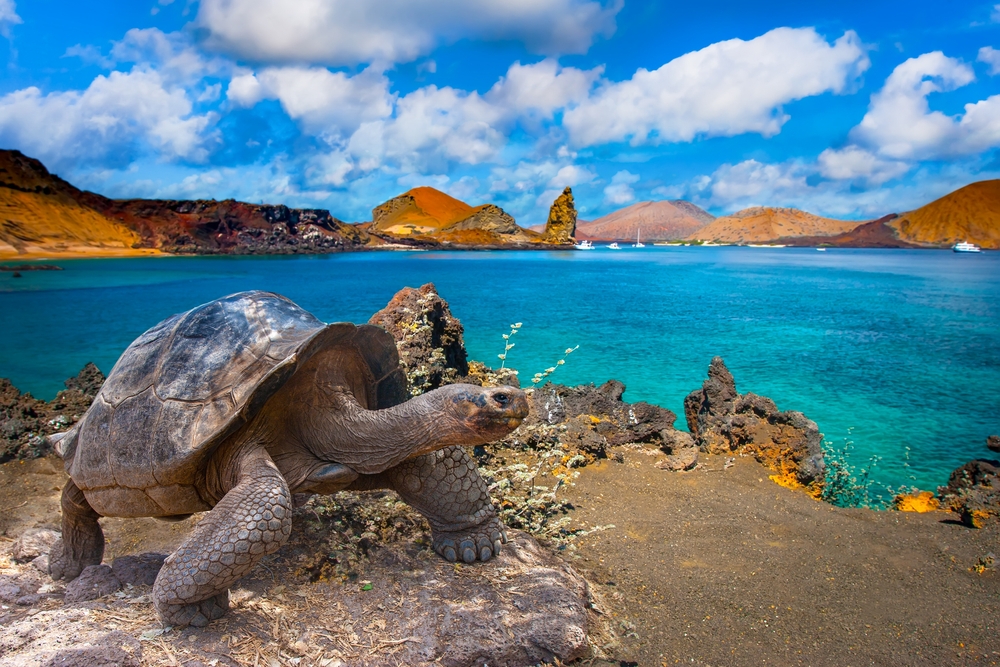
The Galapagos Islands are an extraordinary destination for wildlife enthusiasts. Known for their diverse and endemic species, it offers a rare opportunity to observe animals that are found nowhere else on Earth. Marine iguanas, Galapagos tortoises, and playful sea lions freely roam the shores, allowing for unforgettable close encounters. Visitors can snorkel alongside sea turtles, observe giant tortoises in the wild, and spot the famous finches that helped inspire Charles Darwin’s theory of evolution.
What makes the Galapagos truly unique is the accessibility to wildlife that is not afraid of humans. This allows for intimate and natural observations, offering travelers a chance to see animals in their natural habitat without the disruption of human activity. For those who value eco-tourism, the Galapagos also places a significant emphasis on preserving its fragile environment, ensuring that future generations can experience the same remarkable wildlife encounters.
Borneo, Malaysia/Indonesia
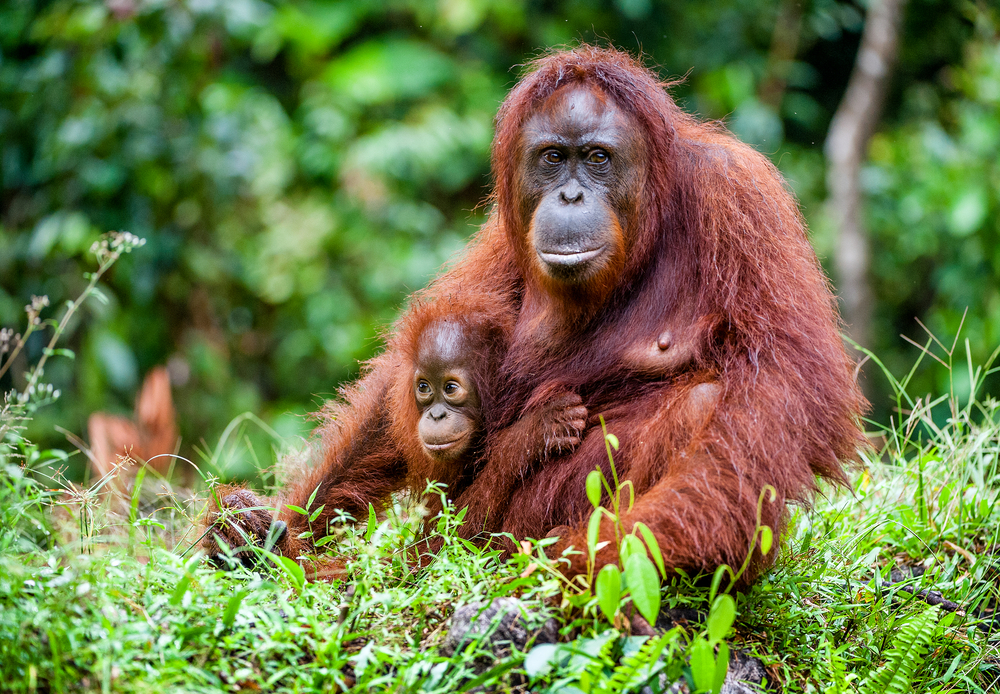
Borneo is a treasure trove of unique wildlife, with its rainforests housing some of the world’s rarest and most endangered species. The island is particularly famous for its orangutans, with the Sepilok Orangutan Rehabilitation Centre in Malaysia providing visitors the chance to witness these incredible primates up close as they are rehabilitated and returned to the wild. Watching orangutans swing gracefully from tree to tree in their natural habitat is a once-in-a-lifetime experience that highlights the need for conservation efforts in this rapidly disappearing rainforest.
Borneo also offers a rich array of other wildlife, including pygmy elephants, proboscis monkeys, and clouded leopards. Its diverse ecosystems, from rainforests to mangrove swamps, are home to an astounding variety of species that travelers can explore through trekking, river cruises, and guided tours. The island is an ideal destination for eco-tourists who want to experience and contribute to the preservation of its unique biodiversity.
Costa Rica
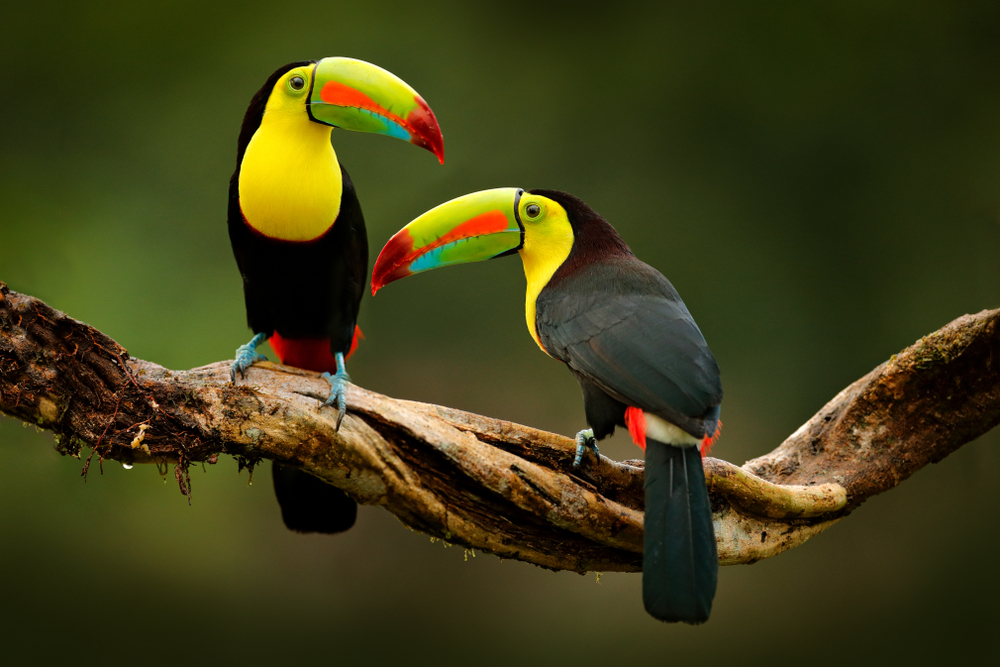
Costa Rica is renowned for its incredible biodiversity and is a top destination for wildlife lovers. With over 500,000 species, it is one of the most biologically rich countries in the world. Visitors can spot sloths, toucans, monkeys, and more, often just a short walk from their accommodations. Costa Rica’s well-protected national parks, like Manuel Antonio and Corcovado, are home to a diverse range of habitats, from lush rainforests to coastal wetlands, providing a perfect setting for wildlife viewing.
What sets Costa Rica apart is its dedication to conservation and eco-tourism. Nearly a quarter of the country is protected by national parks and reserves, ensuring the preservation of its ecosystems. Whether hiking through the cloud forests of Monteverde or exploring the shores of Tortuguero, travelers can immerse themselves in the country’s commitment to preserving its stunning wildlife and natural beauty.
Madagascar
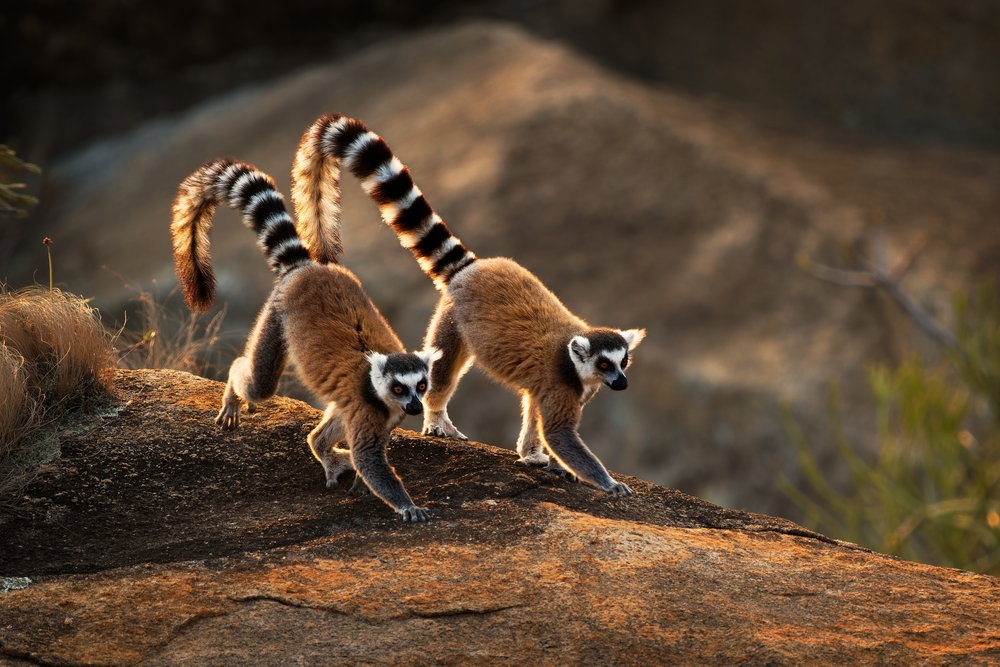
Madagascar is a land of unique wildlife that cannot be found anywhere else in the world. The island’s isolation has led to the evolution of extraordinary species, like the lemur, chameleons, and the fossa, a carnivorous mammal. Visitors can explore the island’s diverse ecosystems, from its dry spiny forests to lush rainforests, encountering wildlife that is uniquely adapted to its environment. One of the most iconic experiences is spotting the various species of lemurs, which are found only on Madagascar.
The island is also home to an array of plants and animals, many of which are critically endangered due to habitat loss. Madagascar’s national parks, like Andasibe-Mantadia and Isalo, offer protected areas where travelers can enjoy guided tours and wildlife watching. With its biodiversity under constant threat, visiting Madagascar helps raise awareness about the importance of preserving its unique wildlife for future generations.
The Arctic, Norway/Canada
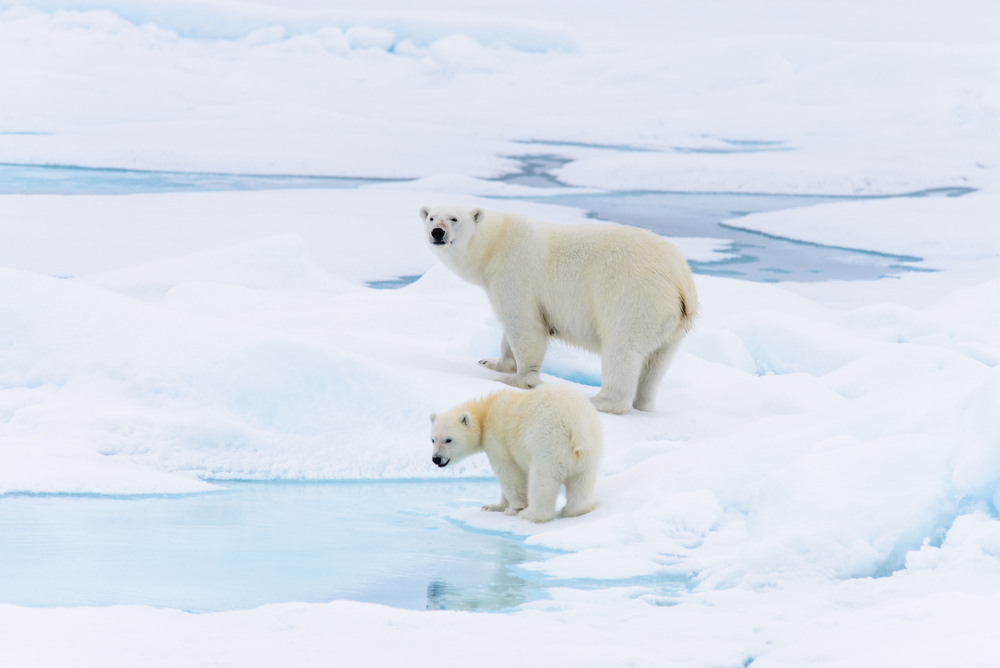
For those seeking an extraordinary wildlife experience, the Arctic offers an adventure like no other. The region is home to polar bears, walruses, reindeer, and a range of seabirds, including puffins and arctic terns. Visitors can take boat trips through the icy waters of the Arctic Ocean, where they may catch sight of these incredible creatures in their natural, icy habitat. The sheer beauty of the Arctic landscapes, with towering glaciers and snow-capped mountains, makes it a breathtaking destination for wildlife enthusiasts.
In addition to land-based animals, the Arctic is famous for its marine life. Whales, seals, and walruses are commonly spotted, and travelers can even go on polar bear safaris in regions like Svalbard. The cold, remote environment provides a once-in-a-lifetime opportunity to experience wildlife at the edge of the world, making it a must-visit destination for those eager to explore the wilderness in its most untouched form.
Yellowstone National Park, USA
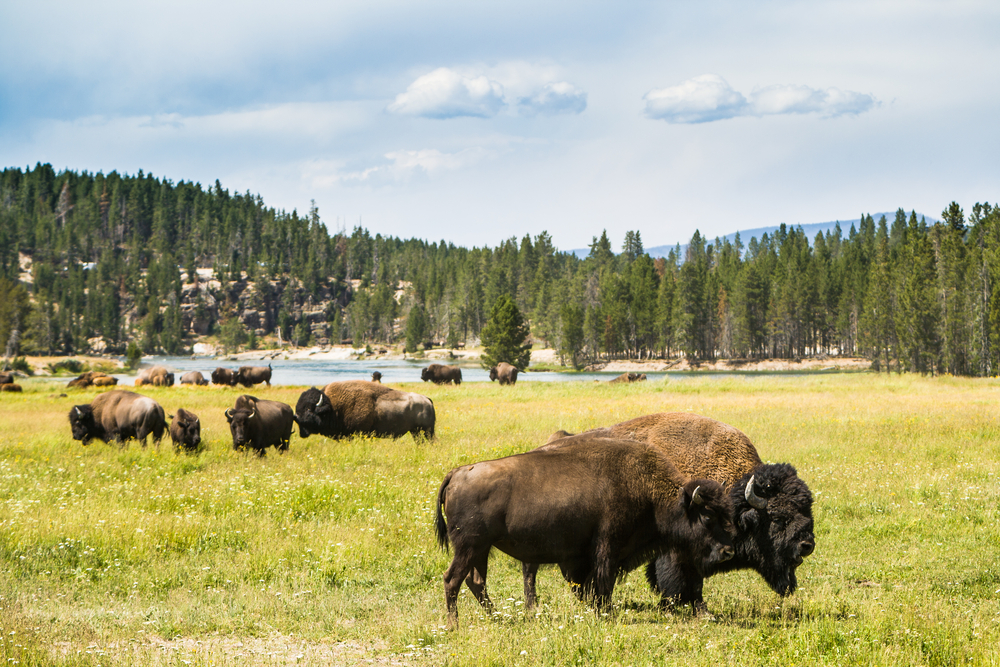
Yellowstone National Park is one of the most famous wildlife destinations in North America. With its geothermal wonders and vast wilderness, the park offers a variety of wildlife viewing opportunities, from bison and elk to wolves and bears. Visitors can take scenic drives through the park to spot animals grazing in the meadows or wander along its trails to experience the rugged beauty of the landscape. The sight of bison roaming the plains or a wolf pack moving through the forest is an unforgettable experience.
In addition to its iconic wildlife, Yellowstone is also a hub for birdwatching. The park is home to various species of eagles, hawks, and migratory birds. With over 300 species of birds, it’s a paradise for birdwatchers. The combination of dramatic landscapes, abundant wildlife, and a commitment to conservation makes Yellowstone a premier destination for wildlife enthusiasts and nature lovers alike.
Botswana’s Okavango Delta
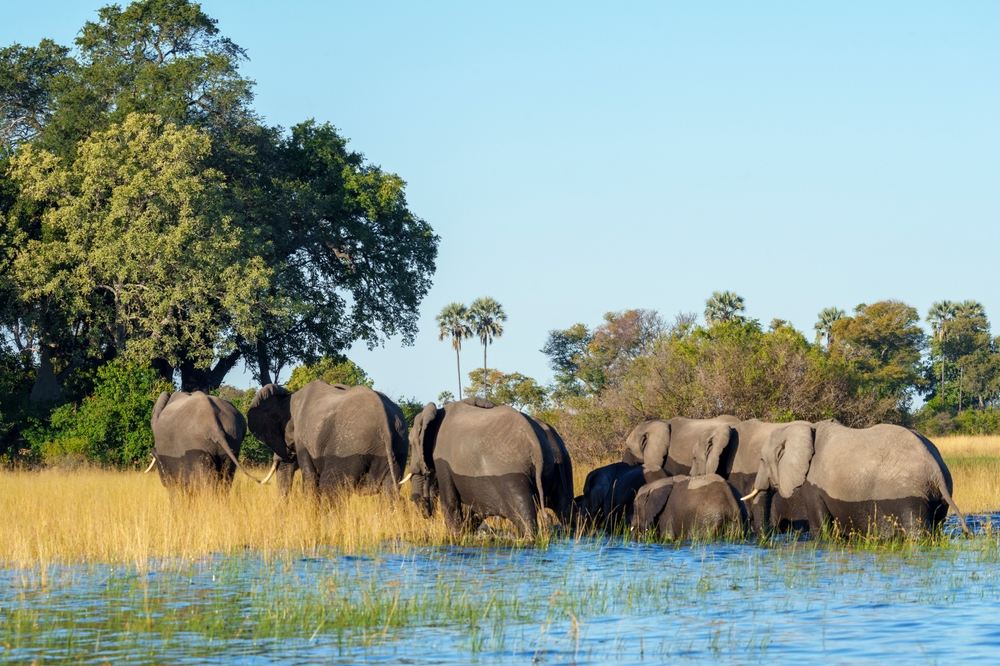
Botswana’s Okavango Delta is a unique inland delta that offers some of the best wildlife experiences in Africa. Known for its diverse ecosystem, it is home to elephants, lions, leopards, and wild dogs, as well as hundreds of bird species. Visitors can explore the delta by mokoro (a traditional dugout canoe), taking them through peaceful waterways where they can spot wildlife up close. The combination of land and water-based safaris offers unparalleled opportunities for observing animals in their natural habitat.
The Okavango Delta is not only a fantastic place for large mammals but also for birdwatching and plant life. The seasonal flooding of the delta creates a lush, fertile environment that supports a wide range of flora and fauna. It’s an incredible destination for those looking to immerse themselves in one of the world’s most pristine and diverse ecosystems.
South Africa’s Kruger National Park
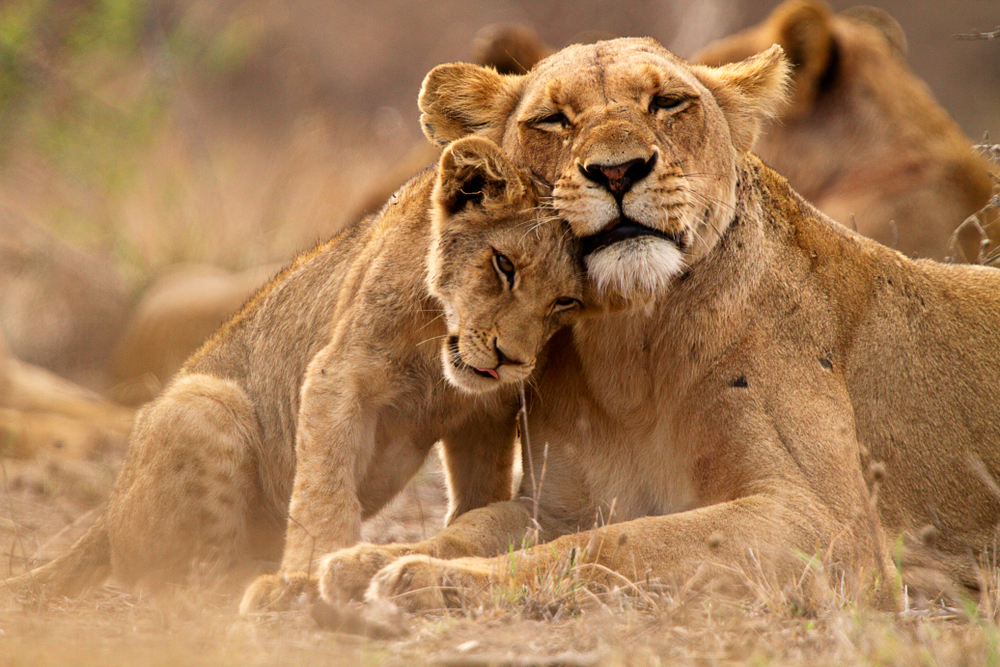
Kruger National Park is one of Africa’s largest and most famous game reserves, offering a classic safari experience. It is home to the “Big Five”: lions, leopards, elephants, rhinos, and buffalo, making it a must-visit for anyone looking to see these iconic animals in their natural environment. The park offers both self-guided and guided safaris, allowing travelers to explore vast savannas and woodlands teeming with wildlife. Whether it’s watching a pride of lions or observing elephants bathing in the waterholes, Kruger is a wildlife lover’s dream.
The park is also rich in birdlife, with over 500 species of birds, making it a top spot for birdwatchers. With its wide variety of habitats, Kruger offers an exceptional opportunity to witness the full spectrum of African wildlife. Its accessibility and abundance of wildlife make it one of the most popular destinations for those wanting to experience the thrill of an African safari.
The Great Barrier Reef, Australia

The Great Barrier Reef is a paradise for marine wildlife enthusiasts. As the world’s largest coral reef system, it is home to thousands of species of fish, sea turtles, dolphins, and sharks. Snorkeling or diving in the clear, warm waters gives visitors the chance to interact with vibrant coral gardens, swarms of tropical fish, and even majestic manta rays. The reef is also home to the endangered dugong, a sea mammal that resembles a manatee and can be spotted in the area.
Beyond its marine life, the Great Barrier Reef offers a chance to explore its diverse ecosystems, from mangrove forests to coral islands. The surrounding islands provide opportunities for eco-tourism and conservation efforts aimed at protecting this delicate ecosystem. The Great Barrier Reef offers one of the most unique and rewarding wildlife experiences, particularly for those passionate about marine life and underwater exploration.
Namibia’s Sossusvlei
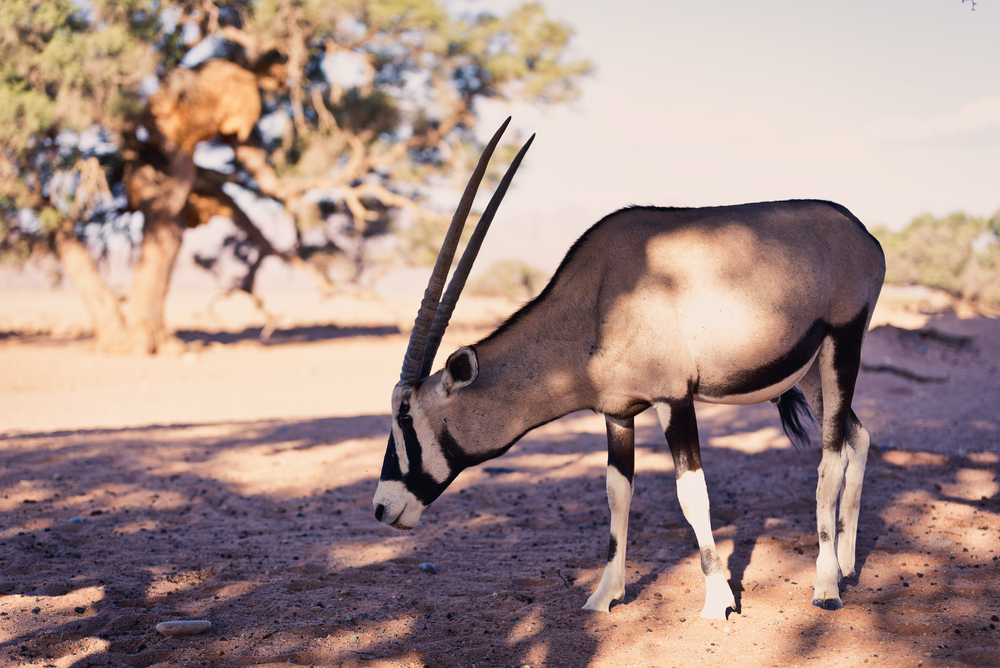
Namibia’s Sossusvlei is famous for its towering red dunes, which form some of the most stunning landscapes in the world. While the desert might seem barren, it is home to unique wildlife adapted to its harsh conditions. Visitors can spot oryx, springbok, and the endangered black rhino, all of which thrive in this dry, arid environment. The stark contrast between the golden dunes and the sparse wildlife creates a surreal, almost otherworldly experience.
The desert’s beauty extends beyond its animals, with Sossusvlei offering some of the most spectacular sunrise and sunset views in the world. Travelers can explore the dunes on foot, taking in the vast, desolate beauty that defines this remarkable place. Sossusvlei is a must-see for those looking to experience a different side of Africa, one that is both harsh and mesmerizingly beautiful.
Iceland

Iceland offers some of the most unique wildlife encounters in Europe, particularly for those who are fascinated by marine life and birds. The country is home to puffins, reindeer, and whales, with the latter often spotted off the coast during the summer months. Whale watching tours around Iceland’s coasts provide an unforgettable opportunity to see humpback and minke whales, as well as orcas. The combination of stunning landscapes and abundant wildlife makes Iceland a prime destination for nature lovers.
In addition to its marine life, Iceland is also known for its stunning birdlife. Puffins, the island’s most famous birds, nest along its cliffs during the summer, providing excellent photo opportunities. The country’s commitment to preserving its natural beauty and wildlife makes it a must-visit for eco-tourists and wildlife photographers alike.
New Zealand
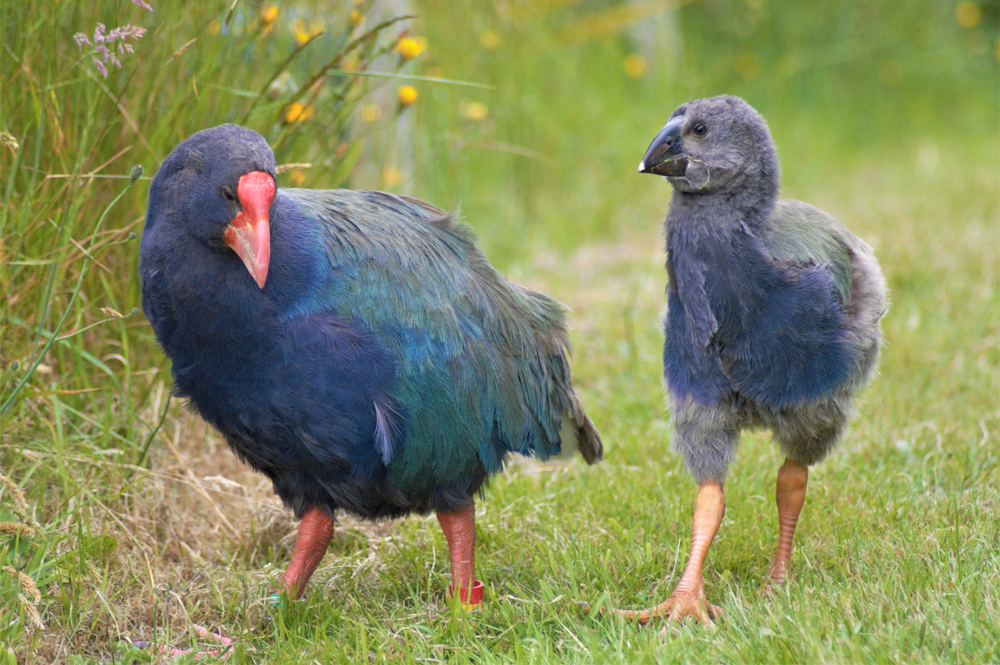
New Zealand is known for its unique fauna, much of which is found nowhere else in the world. The country is famous for its native birds, including the kiwi, a flightless bird that is the national symbol. Visitors can explore various national parks and wildlife reserves to encounter a variety of species, including the endangered kakapo parrot. The diverse landscapes, from alpine mountains to coastal beaches, provide ample opportunities for observing wildlife in their natural habitats.
In addition to its avian life, New Zealand is home to a wide range of marine life, including dolphins and seals. The country offers many opportunities for eco-tourism, where visitors can contribute to the conservation of these species. Whether hiking in Fiordland National Park or whale watching off the coast of Kaikoura, New Zealand offers some of the best wildlife encounters in the Southern Hemisphere.
Tanzania’s Serengeti
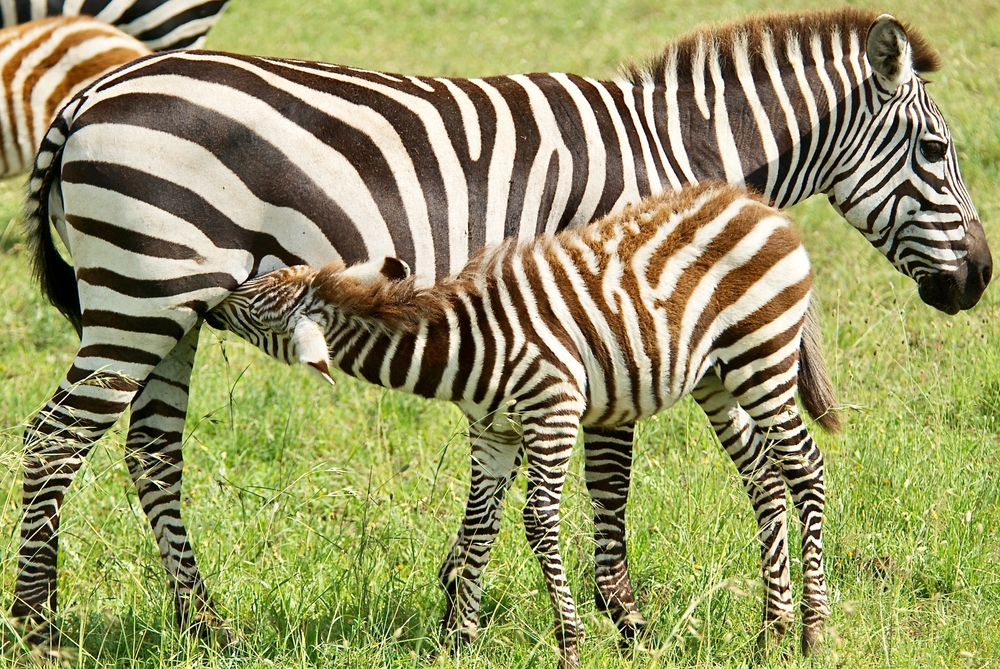
Tanzania’s Serengeti National Park is one of the most famous wildlife destinations in the world, known for its spectacular annual wildebeest migration. This event, where millions of wildebeests, zebras, and gazelles move across the plains in search of food and water, is one of nature’s most incredible spectacles. Watching these herds move across the vast savannah, with predators such as lions and cheetahs in pursuit, is an unforgettable experience that attracts wildlife enthusiasts from around the world.
Beyond the migration, the Serengeti is home to an incredible diversity of wildlife, including elephants, giraffes, and numerous bird species. The park’s vastness allows for immersive safaris that offer intimate glimpses of these majestic animals in their natural environment. The Serengeti is truly a must-see for anyone looking to experience the wonders of African wildlife.
This article originally appeared on Avocadu.
